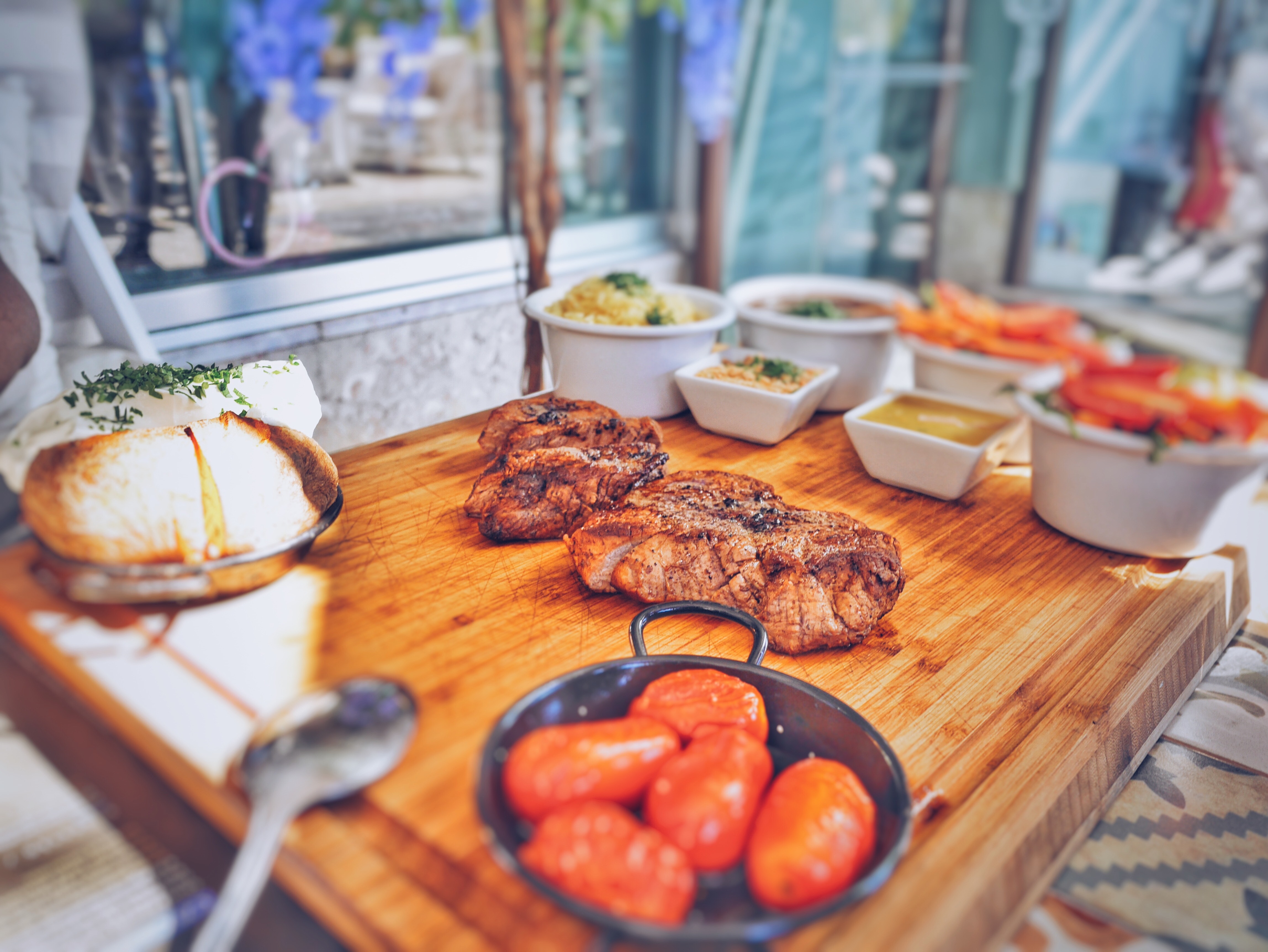In recent years, demand for environmentally friendly and sustainable products has surged. Due to its durability, versatility and sustainability, bamboo boards have become a popular alternative to traditional wood or synthetic boards. In this blog, we will explore the different types of bamboo boards on the market and help you make an informed choice.
1. What makes bamboo boards stand out?
Bamboo is not a tree, but a fast-growing grass, making it an incredibly renewable resource. Its remarkable growth rate and lack of chemical treatments during manufacturing make it environmentally attractive. Bamboo boards offer superior strength and durability comparable to hardwood while being significantly lighter. Additionally, they are naturally resistant to moisture, insects and warping, making them suitable for a variety of applications including flooring, furniture and interior design.
2. Different types of bamboo boards
a) Solid Bamboo Boards: These boards are made from tightly compressed solid bamboo strips for superior stability and strength. They are commonly used for flooring and building furniture. Solid bamboo boards are available in a variety of thicknesses and finishes to suit different needs and aesthetic preferences.
b) Bamboo board: Bamboo fiber is chopped, mixed with resin, and pressed under high pressure. This process creates an extremely dense and strong material that is ideal for heavy-duty applications such as countertops and outdoor flooring.
c) Engineered Bamboo Boards: Engineered Bamboo Boards are composed of surface layers of bamboo and multi-layer plywood or high-density fiberboard (HDF) as the core, offering enhanced dimensional stability. These boards are ideal for areas with fluctuating humidity levels.
3. Factors to consider when choosing
a) Purpose: Determine the purpose of the bamboo board, whether you need it for flooring, furniture or any other specific application. This will help determine the ideal type, thickness and finish.
b) Sustainability: Look for boards certified by reputable organizations such as the Forest Stewardship Council (FSC) to ensure bamboo is harvested responsibly, thereby promoting sustainable practices.
c) Quality and Durability: Check the manufacturer’s reviews, certifications, and reputation to ensure that the product you invest in is built to last.
d) Aesthetics: Bamboo boards are available in a variety of colors, textures and finishes. Consider your interior design style and personal preferences and choose boards that match your overall aesthetic.
Choosing the perfect bamboo board requires considering factors such as purpose, sustainability, quality and aesthetic appeal. Whether your interior design requires solid flooring solutions, resilient furniture or eco-friendly materials, bamboo panels offer versatility, durability and sustainable benefits, making them an excellent choice for conscious consumers.
Post time: Oct-26-2023






